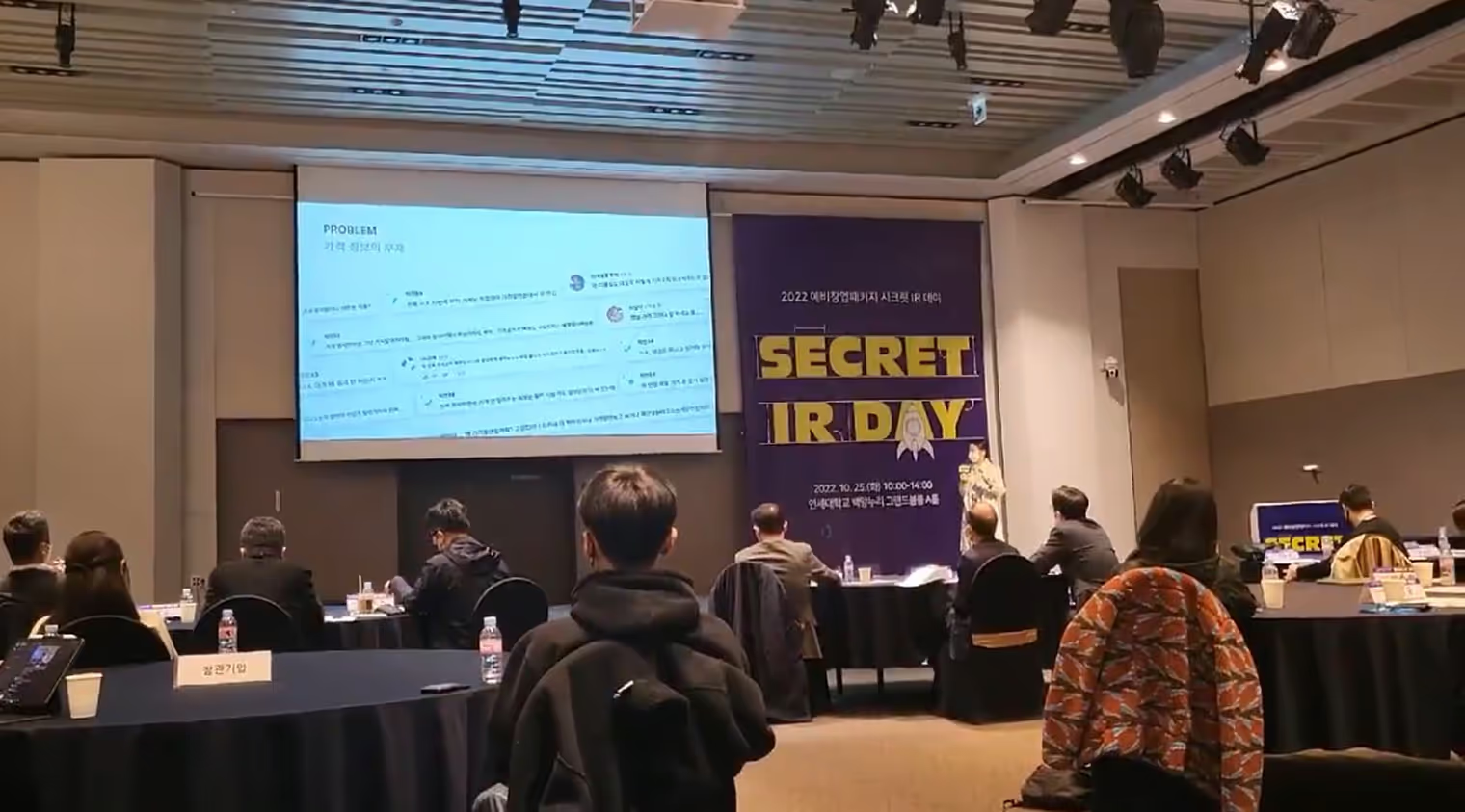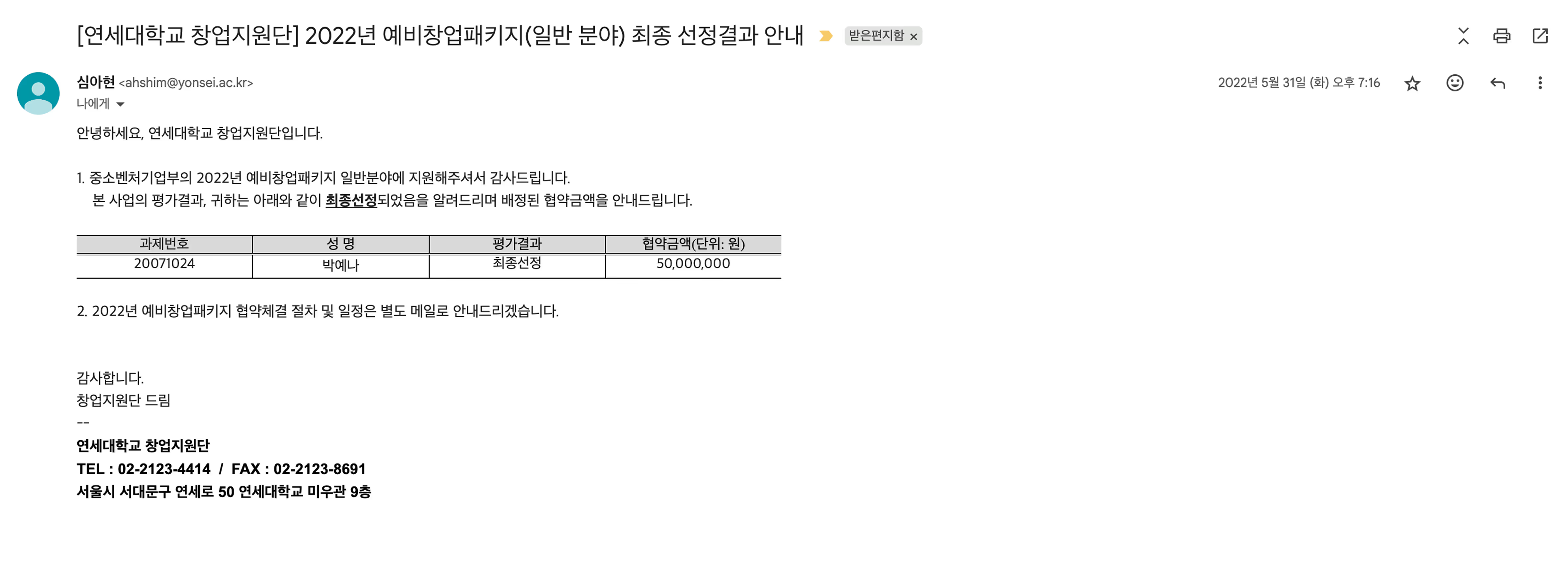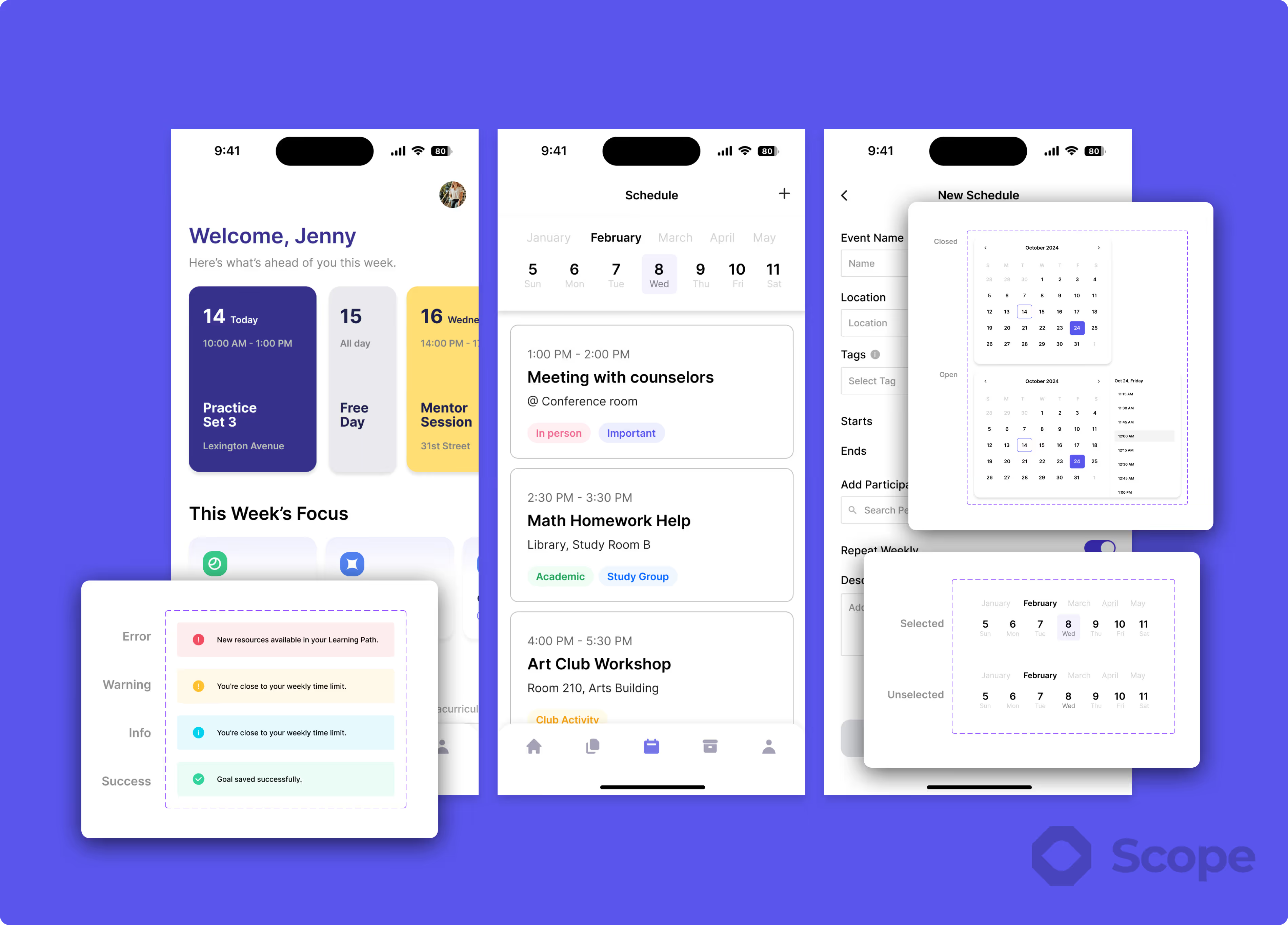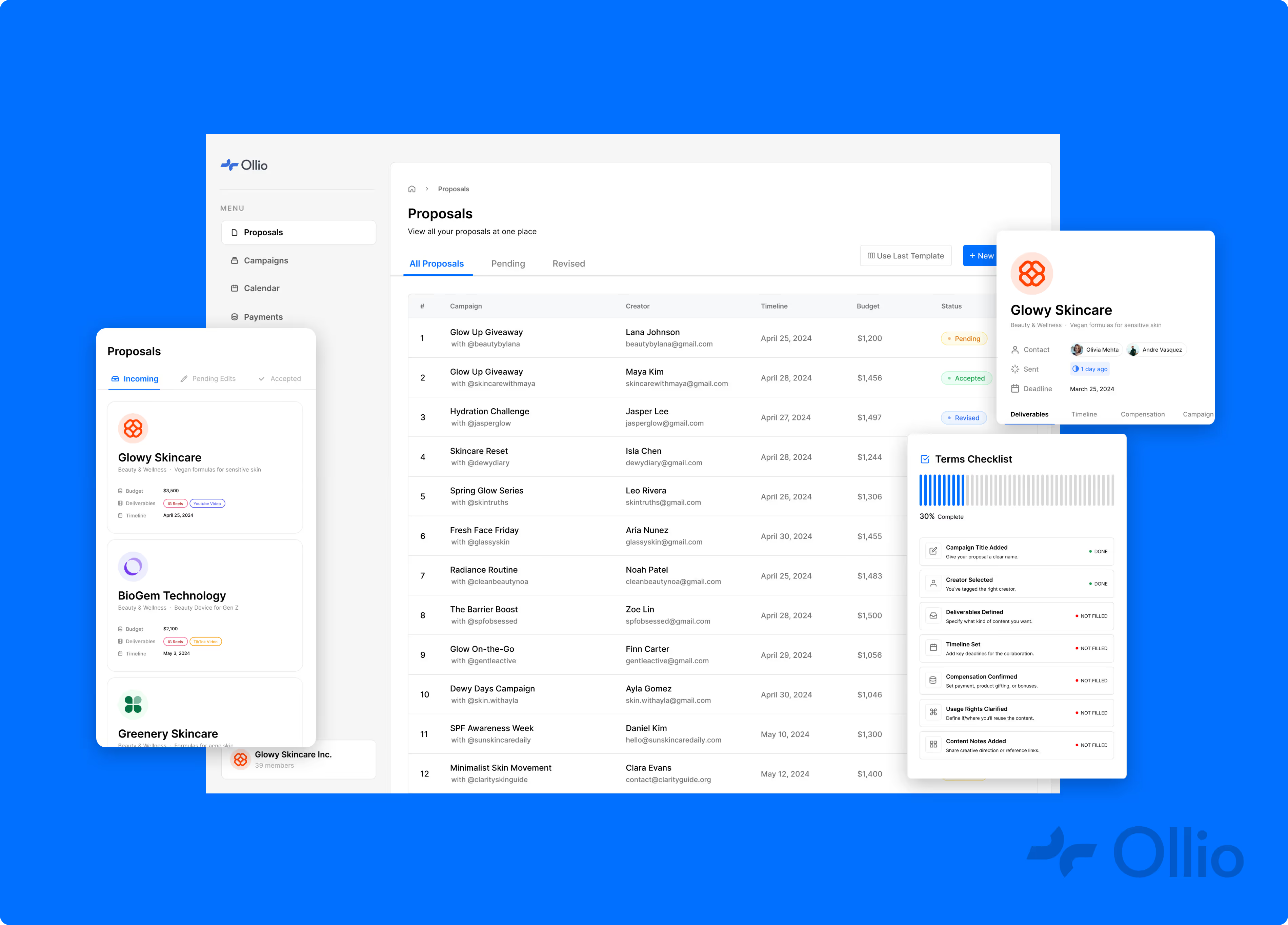Leaguers Essay Review System
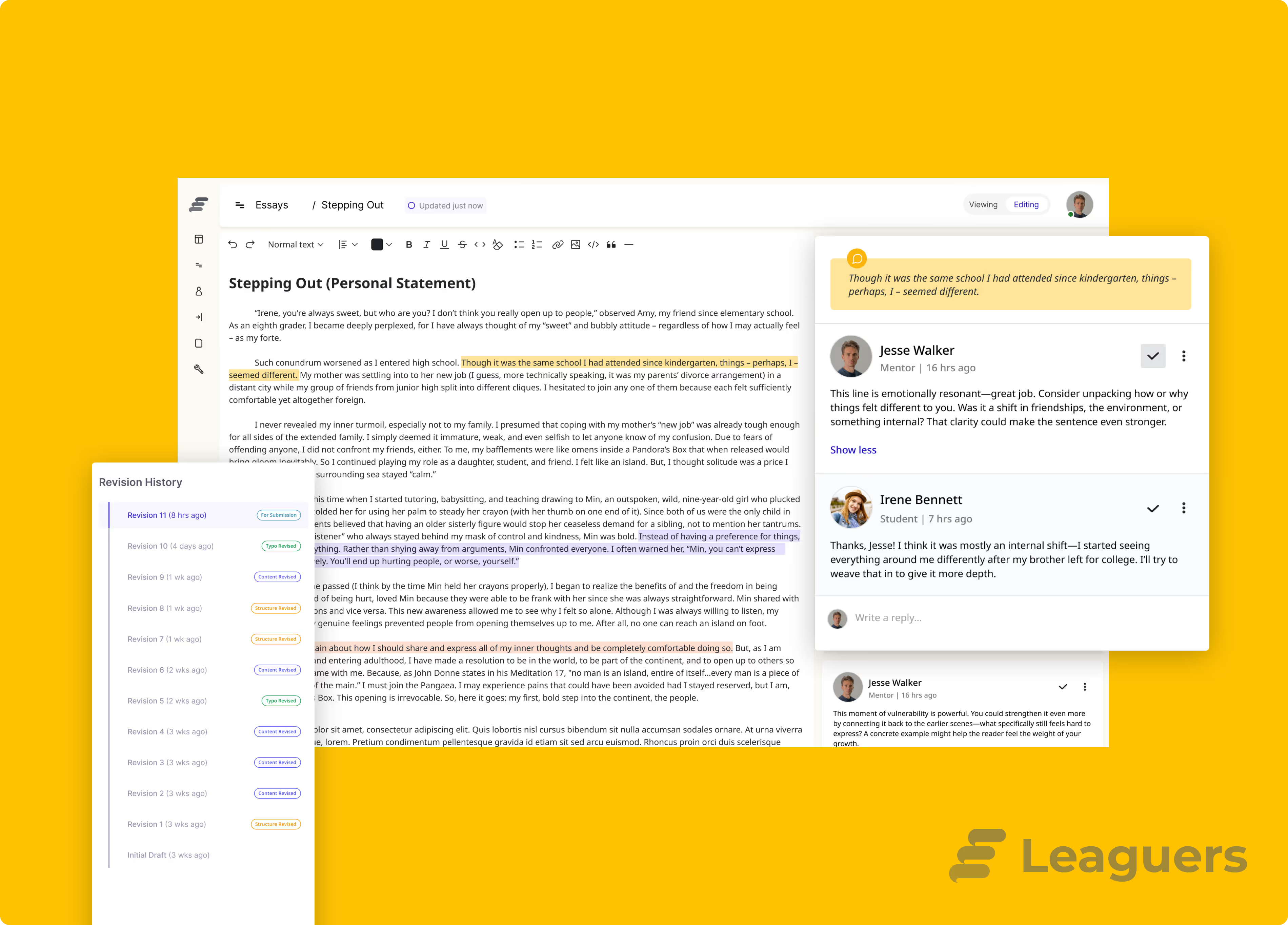
1 Designer
(8 Months)
Project Context
Leaguers connects college mentors with high schoolers for college essay support.
The platform moved away from using Google Docs to a built-in essay review system for secure, all-in-one collaboration.
Problem
The current interface feels outdated and unintuitive with cluttered layouts and inconsistent visuals.
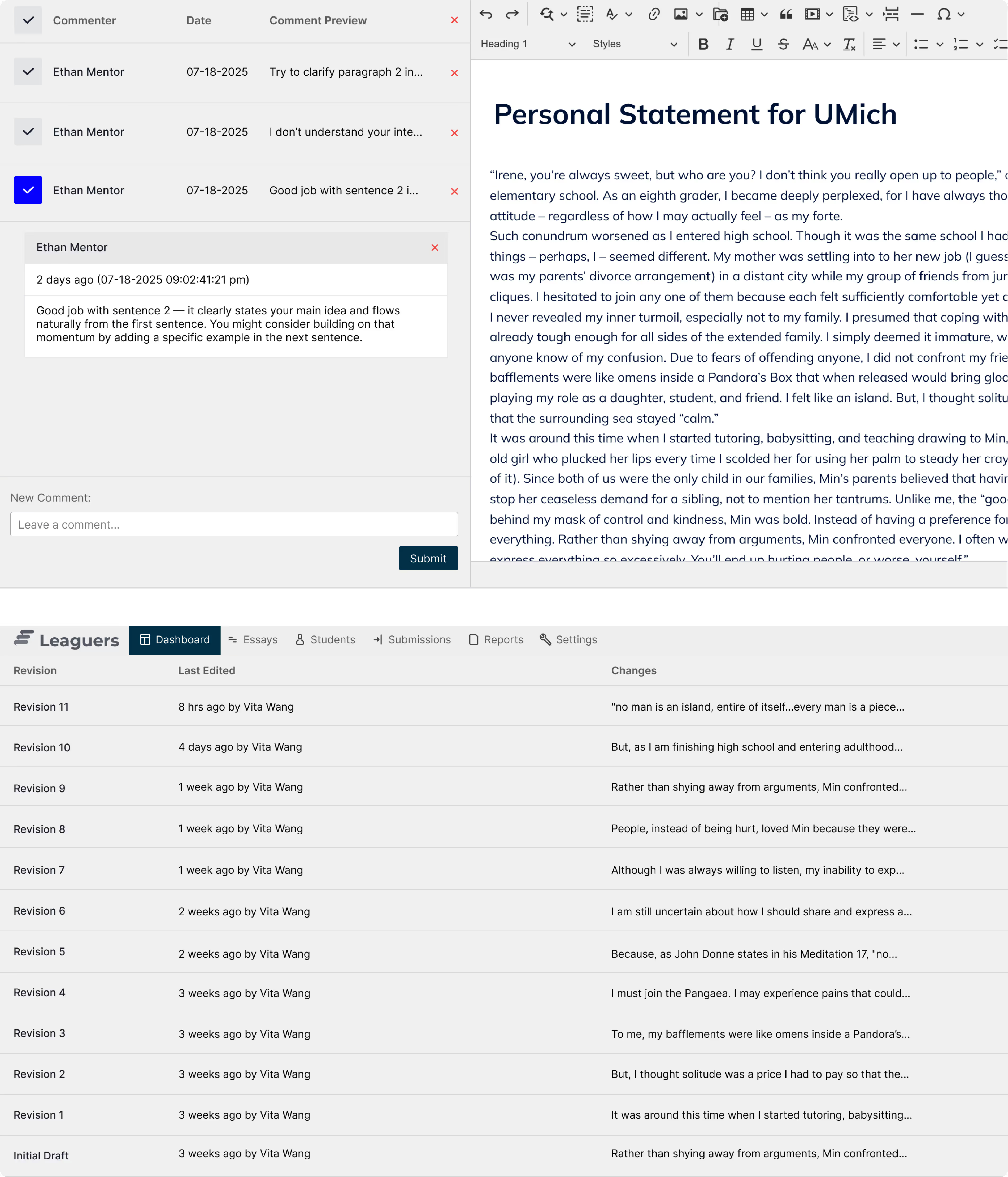
Goals
Leaguers needs a new platform that has a modern interface that feels current, trustworthy and causes no friction.
User Interviews
I conducted interviews with 10 participants, including existing users and individuals with experience with other similar platforms.
· 5 high school students: understand struggles with essay writing and managing feedback
· 5 college student mentors: identify workflow challenges and what makes delivering feedback difficult
Findings From Interview
High school students:
· Want clearer guidance on how to improve their essays beyond surface-level edits
· Feel overwhelmed by multiple versions and scattered feedback
College mentors:
· Struggle to manage multiple students and essays
· Find unstructured feedback hard to track
Both groups:
· Feel essay writing is deeply personal and emotionally taxing
· Need for a structured yet flexible system that supports clarity, empathy, and progress tracking
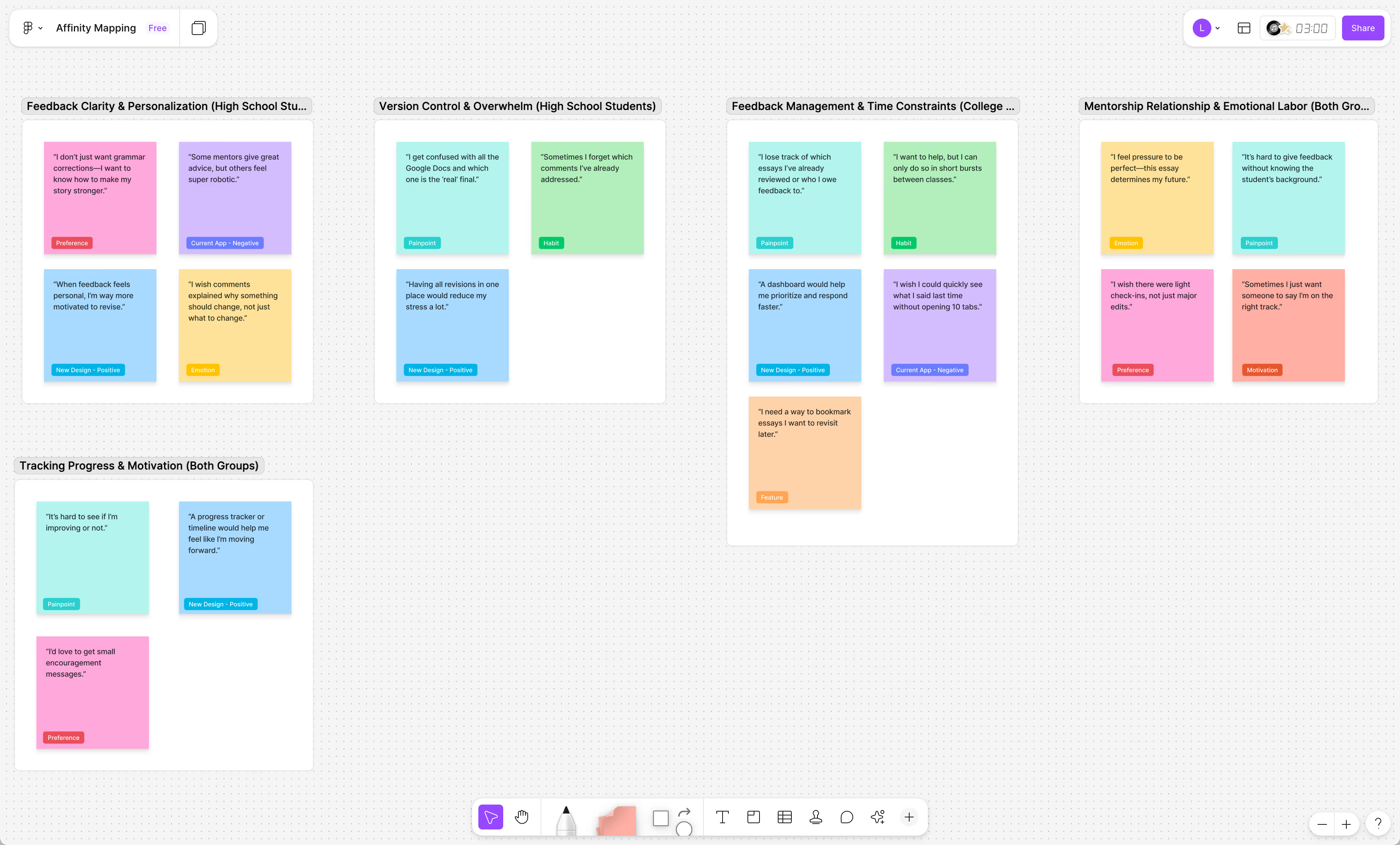
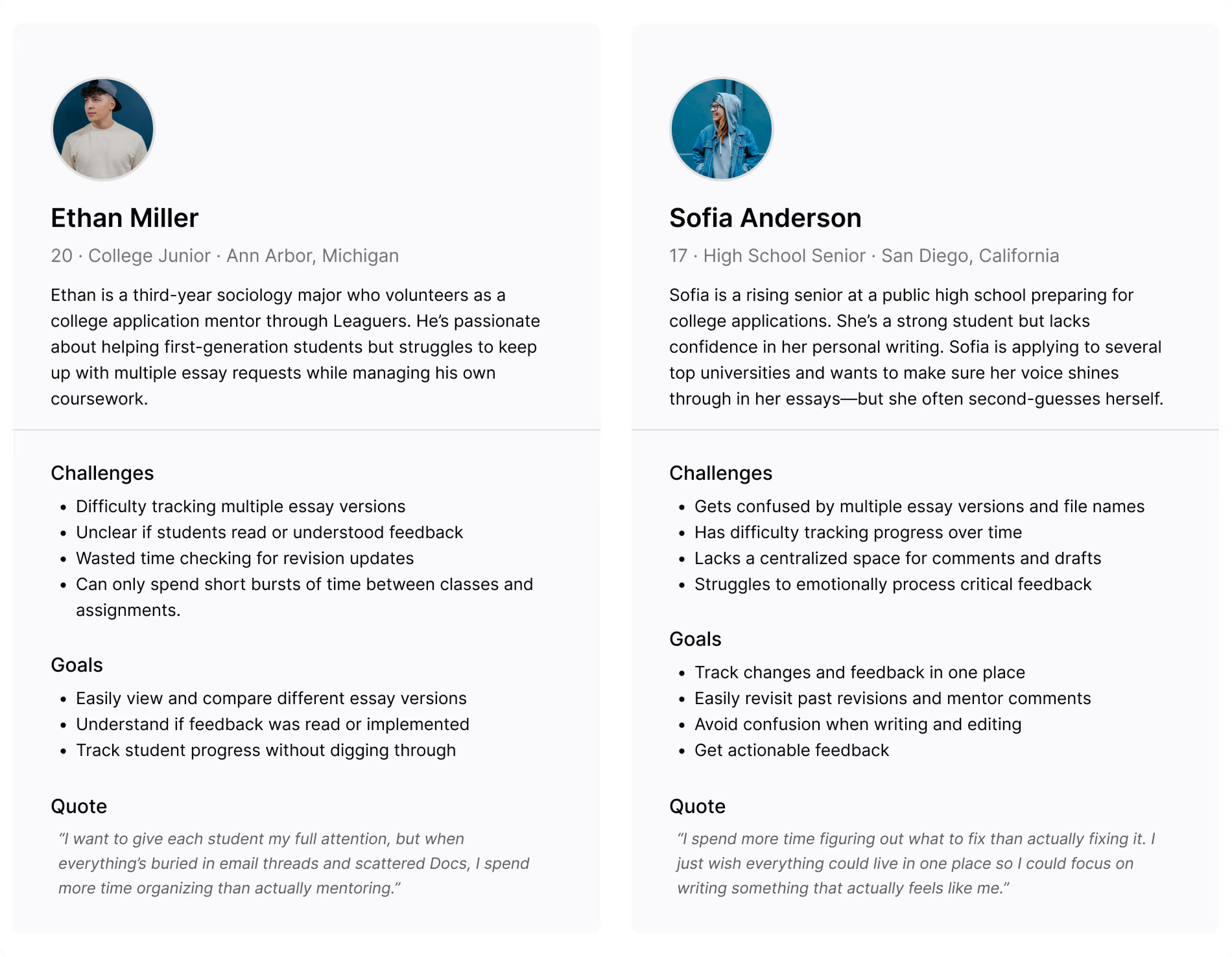
Design Statement
How might we make essay feedback easier to give, clearer to receive, and smoother to manage—for both students and mentors?
Solution #1
In-Line Feedback Interface
We created a clean, modern interface that allows mentors to leave comments directly next to each essay paragraph. This structure mirrors the natural reading and feedback process, reducing context-switching.
Improve Feedback Flow
Mentors can now highlight and comment in-line, making their feedback more precise and easier to act on for students.
Clarify Intent
Grouped comments by type (grammar, structure, content, etc.) help students understand the purpose of each suggestion.
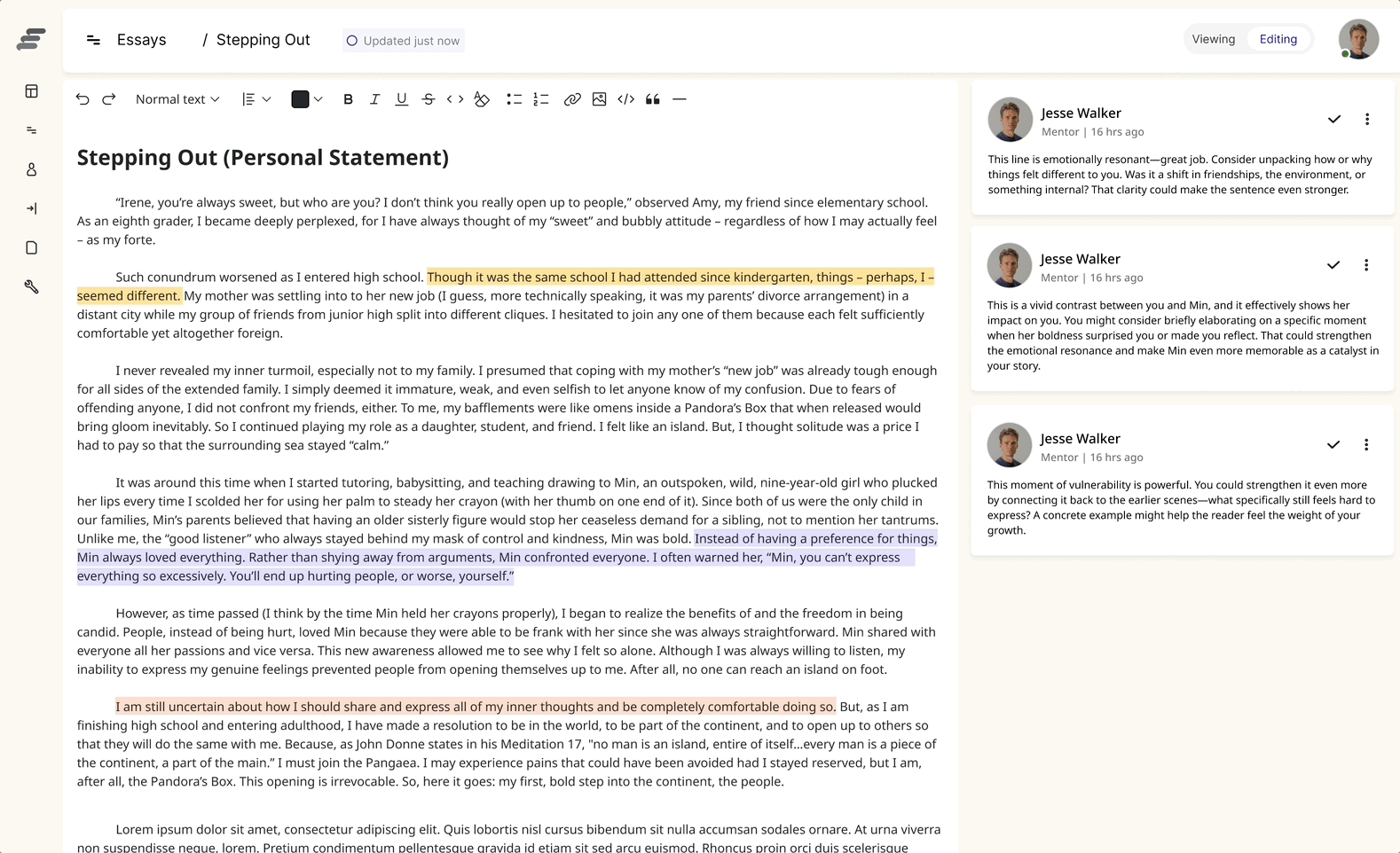

Solution #2
Essay History & Feedback Timeline
The Essay History view enables both high school students and mentors to easily track the evolution of feedback over time. Its goals are:
Enhance understanding
See how essays have improved through revisions and feedback cycles
Improve mentorship
Help mentors tailor feedback based on a student’s past work and revision trends
Improve version clarity
Avoid confusion by clearly separating and labeling each essay draft.
Before

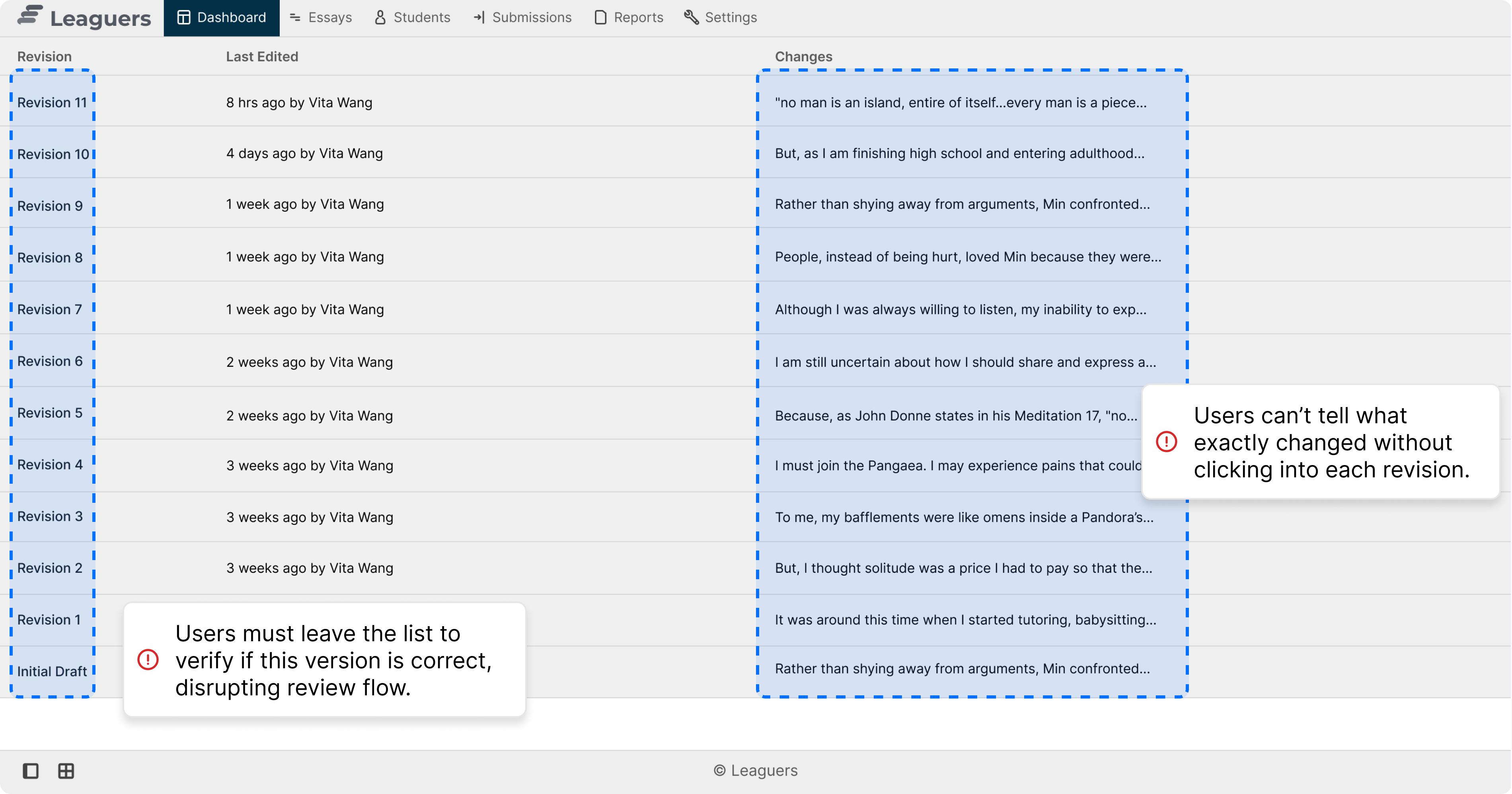
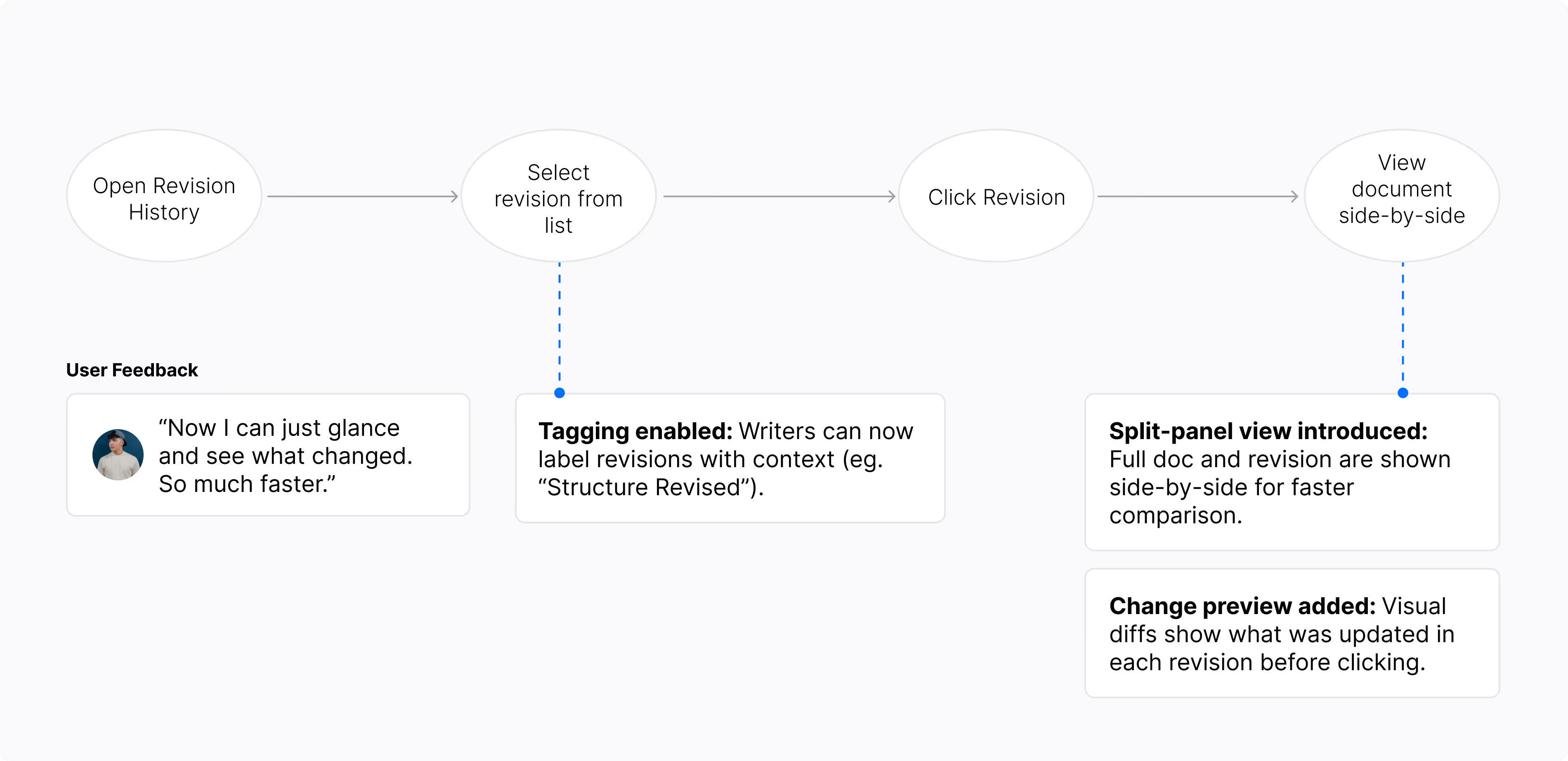
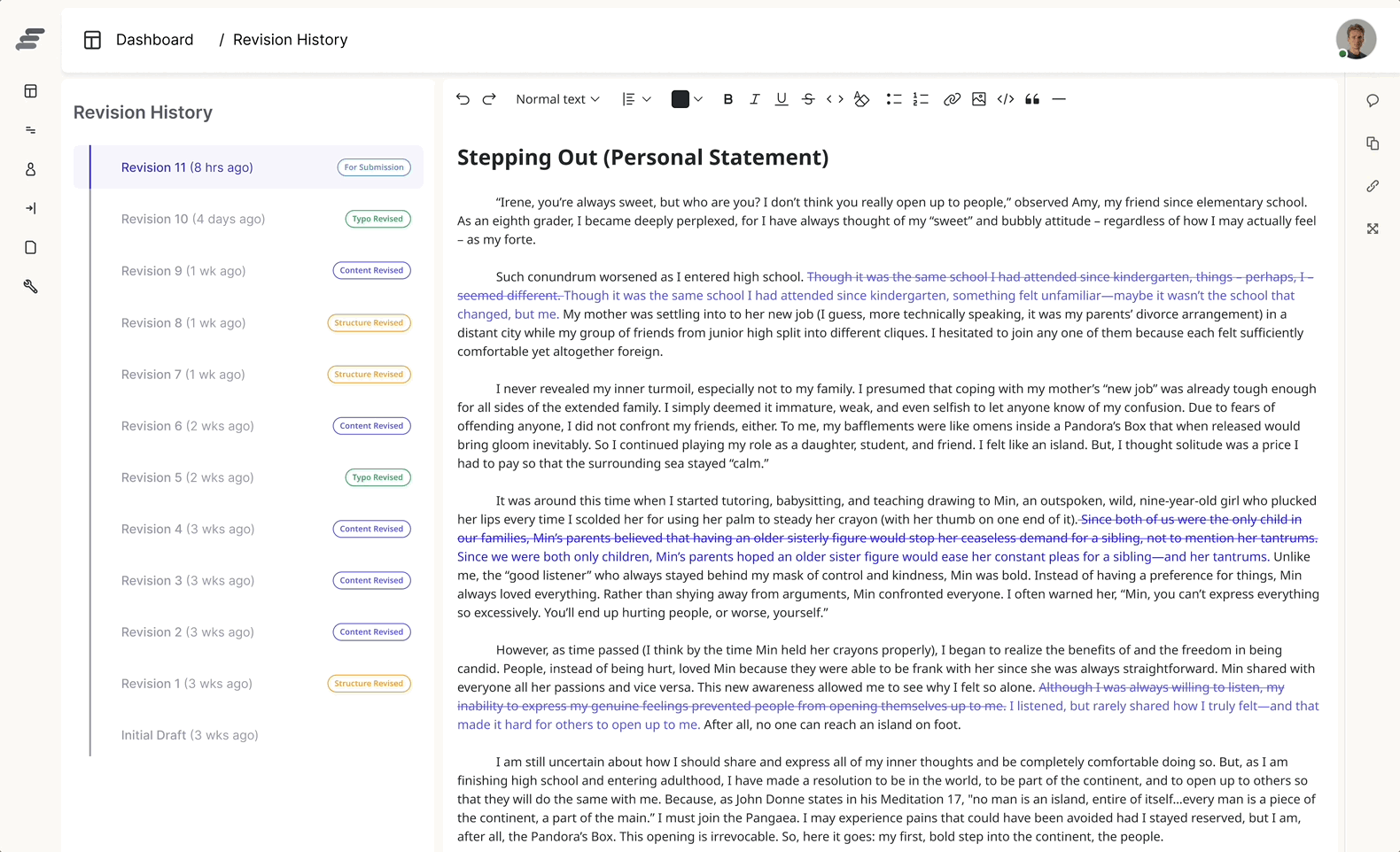
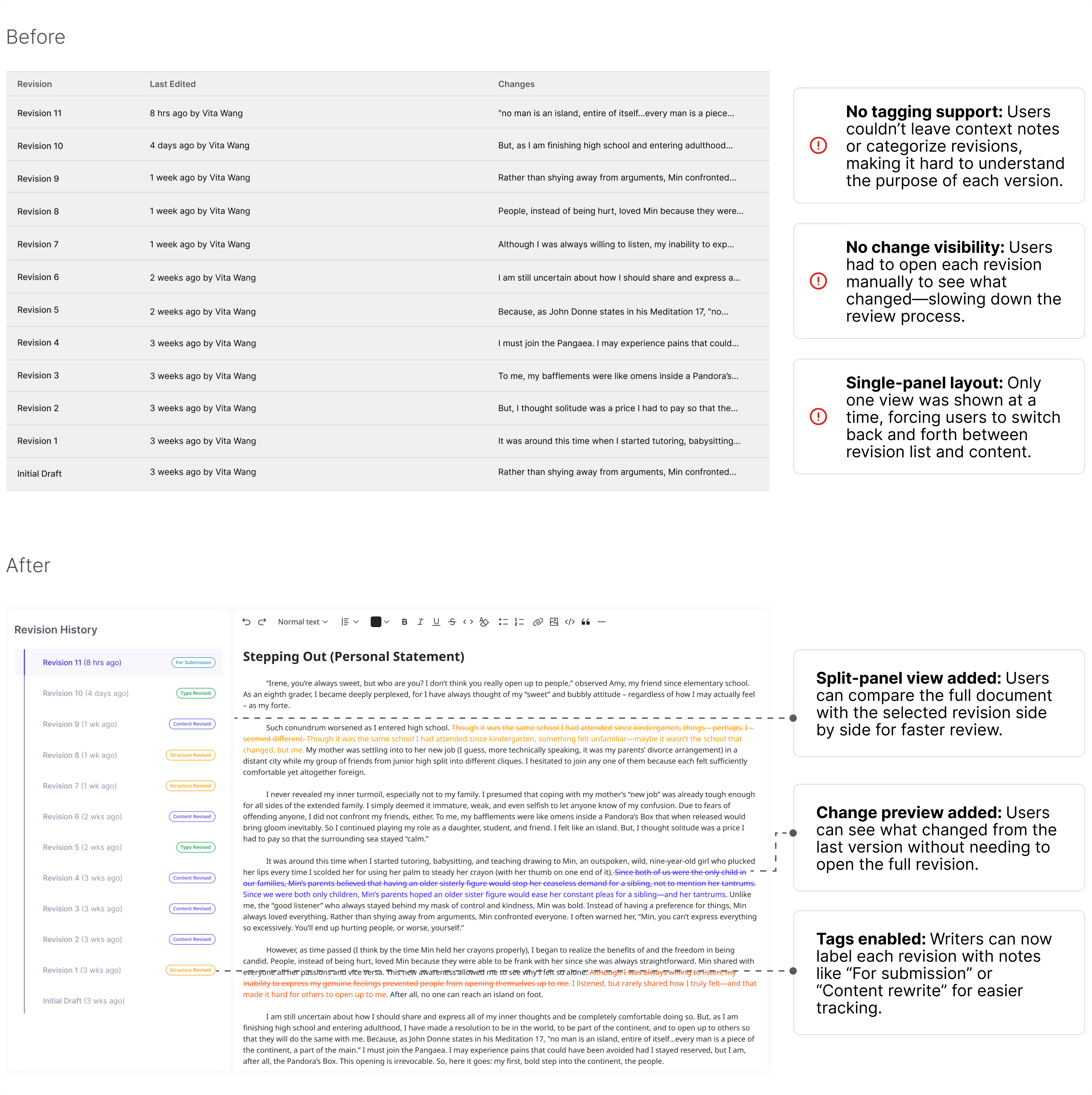
Result
Redesigned essay feedback system served over 1,500 users and reduced mentor response time by 30%.
Team Feedback
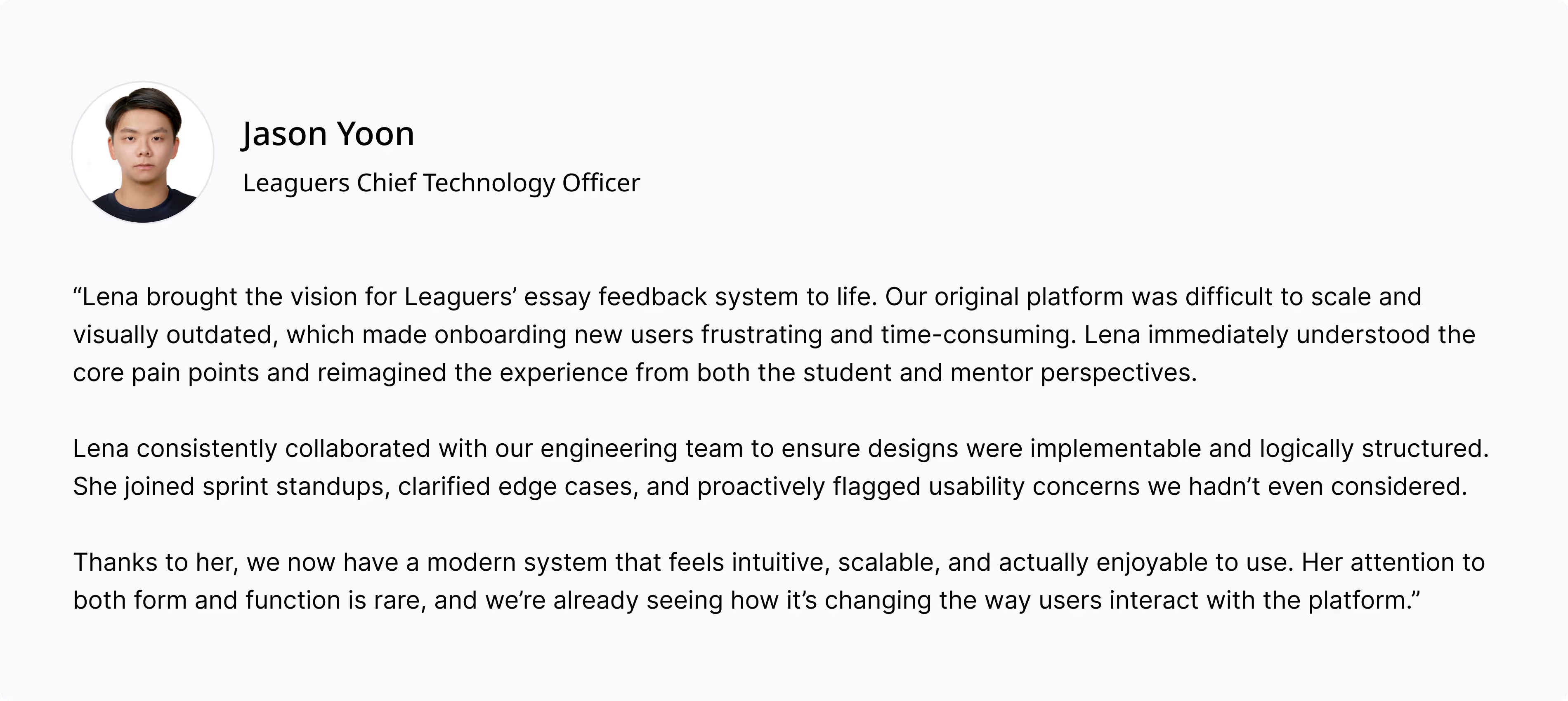
Reflection
Learnings
Bridging design and engineering
Balancing ideal and viable
Milestones
